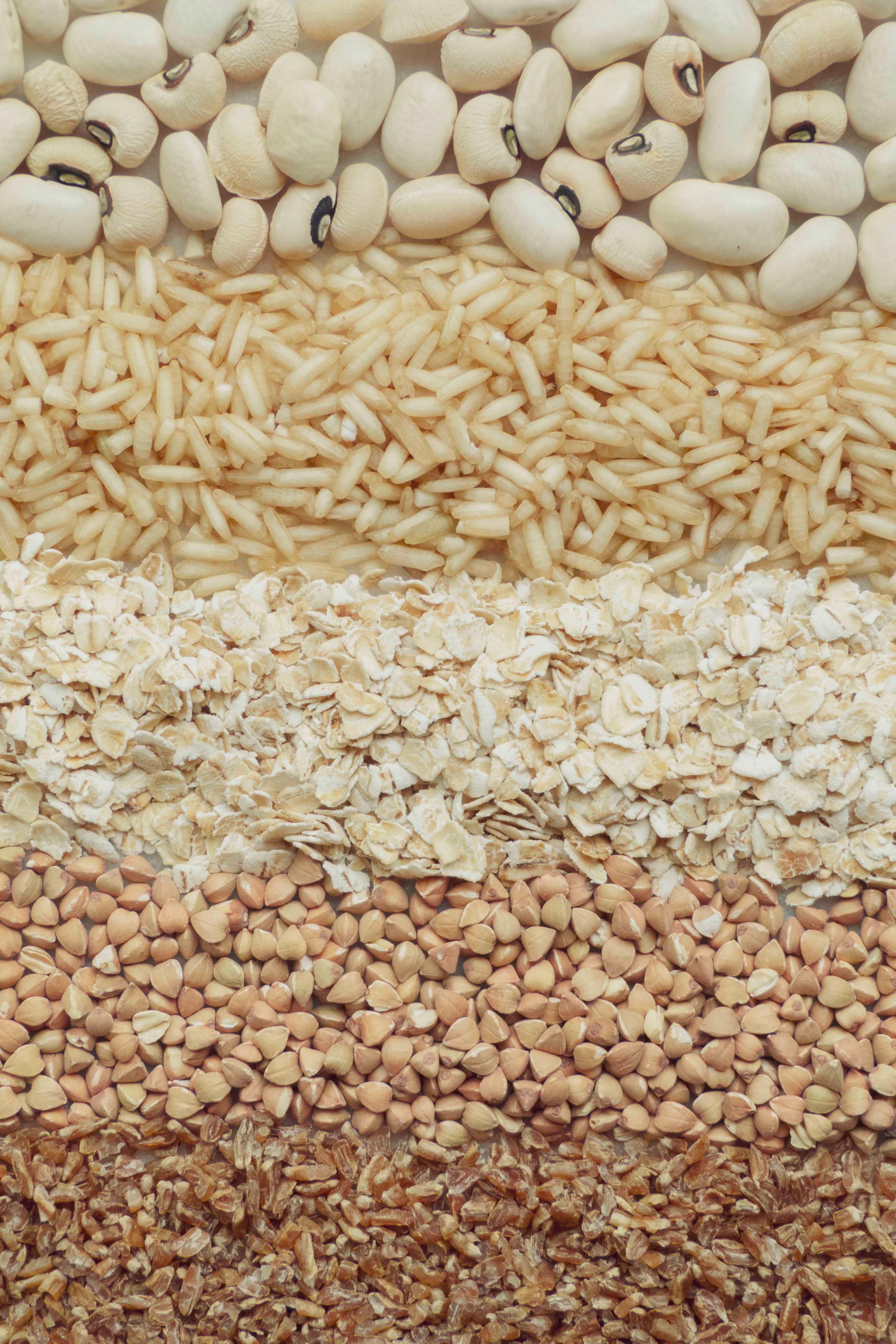Dealing with taints: step-by-step
In the case of a taint complaint, efforts must be made as quickly as possible to determine the scope of the problem, to isolate the affected product and to identify the source of the taint.
Particular care must be taken when gathering evidence and setting up test procedures, particularly in cases of insurance claims or litigations.
Companies supplying tainted products may face litigation by their customers or may enter into litigation against their own suppliers.
It is often suggested to contract the testing work out to a third-party organization for independent results. First of all, the scientific credentials and expertise of such organizations must be established.
Here are some suggestions when initiating such investigations.
- Act quickly to start the tracing of your product and ingredients.
- Identify the nature and source of the taint. Use both sensory and chemical analysis to establish both the occurrence and identification of the taint. Do not rely on one type of information only.
- Store both suspect and control samples for future testing. Under deep freeze, if necessary.
- Carry out sensory testing following the general guidelines given in ISO 6658. Use as many assessors as possible, preferably sensitive*.
- Extract as much information from the tests as possible, but do not compromise the test quality. See the example below.
- Have the tests carried out and interpreted in a double-blind basis, especially if the tests are to be subcontracted.
- Ensure that the names and addresses of panelists are held, to be used as a presentation of sensory data in a court of law, which may require the presence of the individual panelists as witnesses.
- For chemical analysis, chromatography is used. Distinguishing between taints and off-flavours helps to identify the potential sources.
*If a high-sensitivity panel is unattainable, use as many panelists as possible in the hope of having someone present who is sensitive to the taint. Recommended minimum numbers of panelists (assessors) of various levels of expertise have been given in ISO standard. When testing for unknown taints, it is important that at least these minimum numbers are used, and increased if possible.
Number of assessors suggested for sensory analysis of tainted products
| Test | Number of assessors (ISO 1985) | ||
| Experts | Selected | Assessors | |
| Paired comparison | 7 | 20 | 30 |
| Triangular | 5 | 15 | 25 |
| Duo-trio | – | – | 20 |
| Ranking | 2 | 5 | 10 |
| Classification | 1 | 1 | – |
| Rating | 1 | 5 | 20 |
| Scoring | – | 5 | 20 |
| Simple descriptive | 5 | 5 | – |
| Profile | 5 | 5 | – |
Example of sensory analysis answers’ sheet
Name of the assessor:
Date:
TRIANGULAR TEST
Of the three samples in front of you, two arethe same and one may be different. Smell/taste them in the order given and try to select the odd one.
Sample codes: 145; 756; 442
| Can you detect any difference? | |
| If so, which is the odd sample? | |
| Which sample(s) do you prefer? | |
| Please describe any difference(s): |
How confident are you in your choice of the sample?
- absolutely sure
- fairly sure
- no very sure
Here is a great review article (downloadable .pdf) about food off-flavors and taints.


